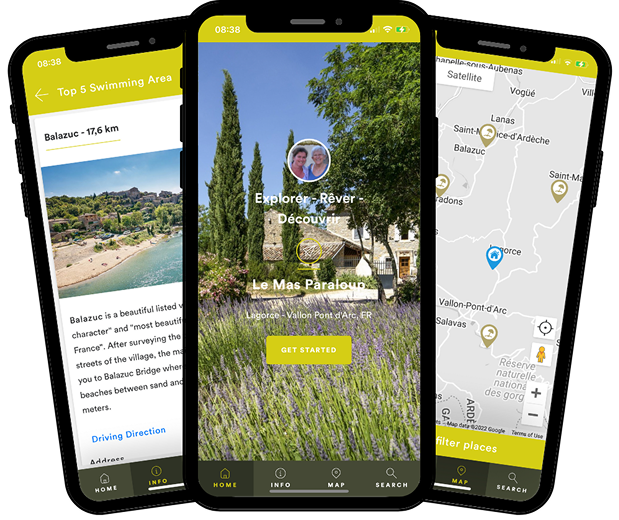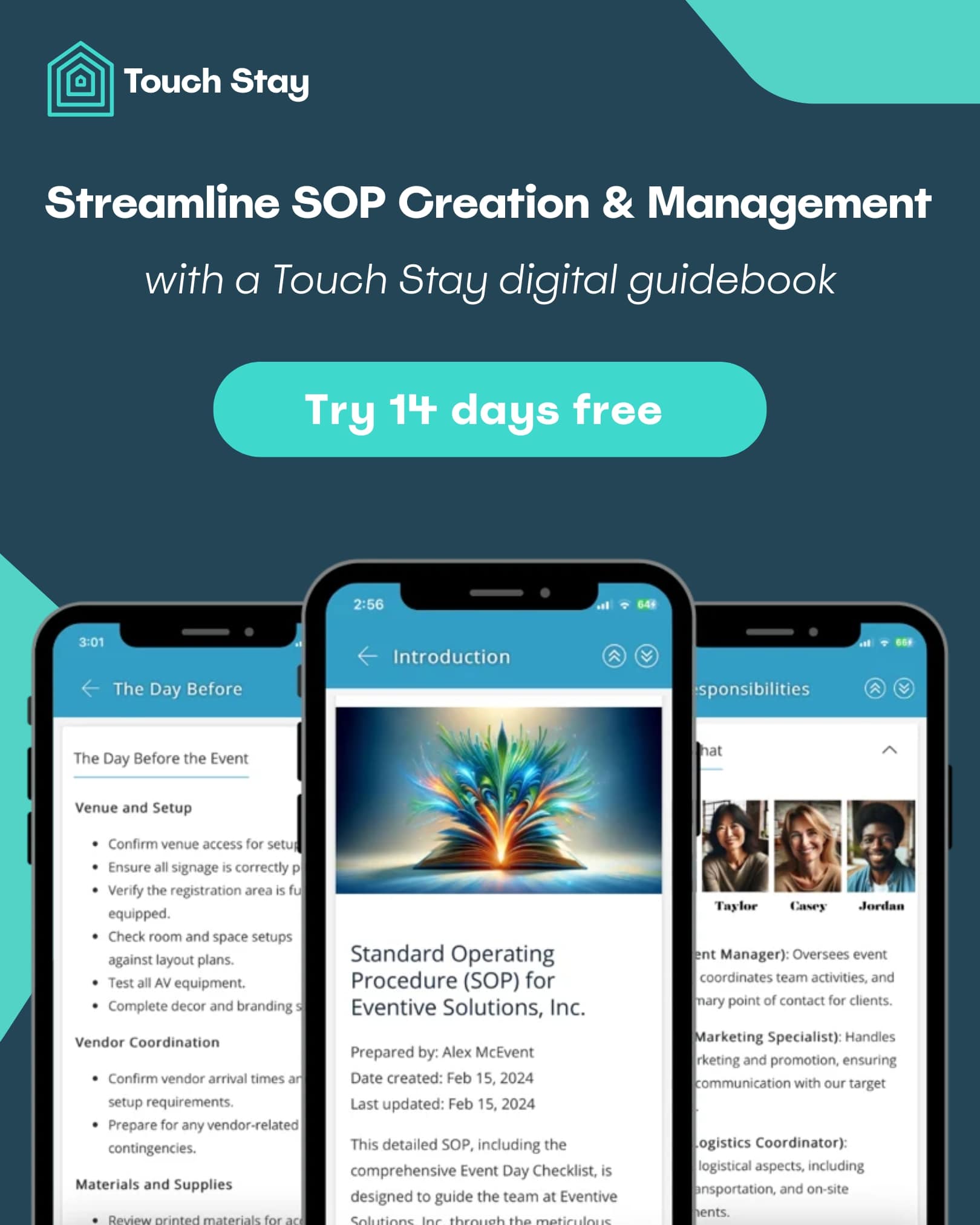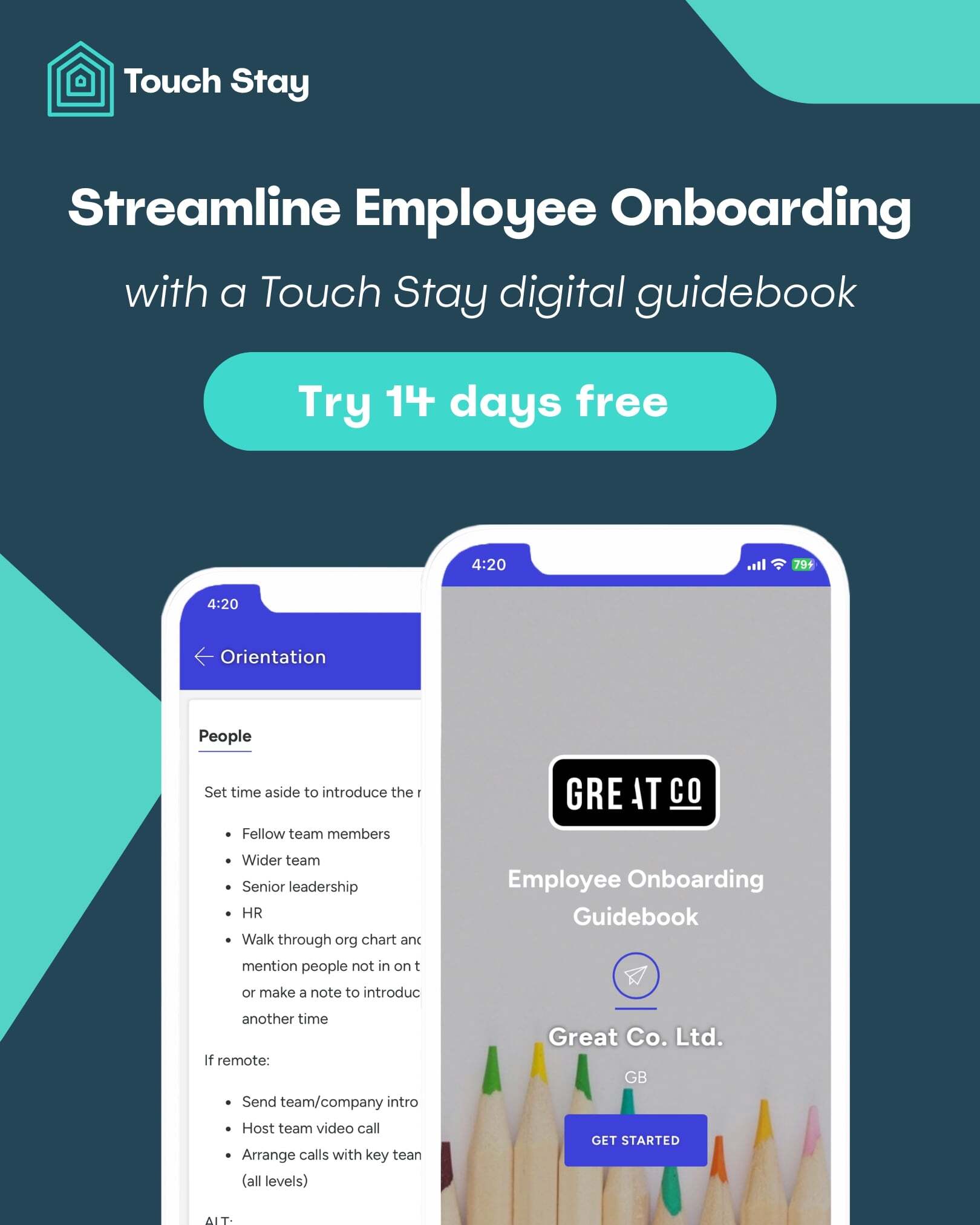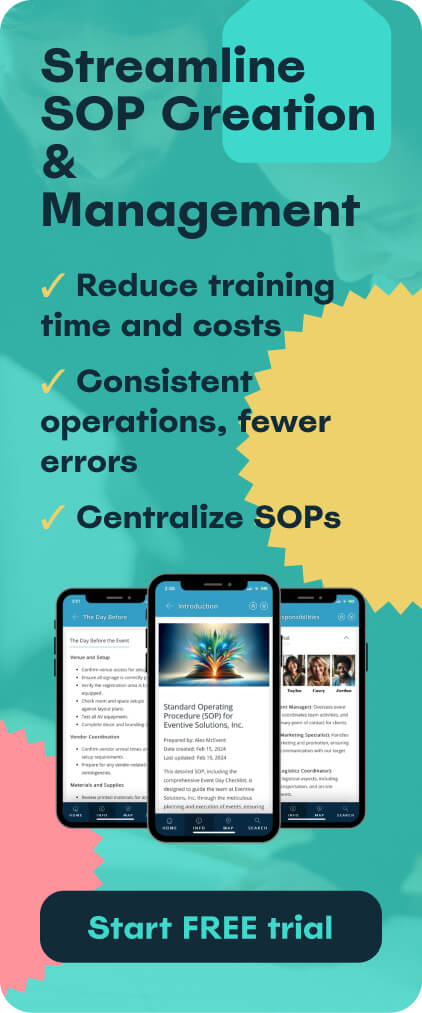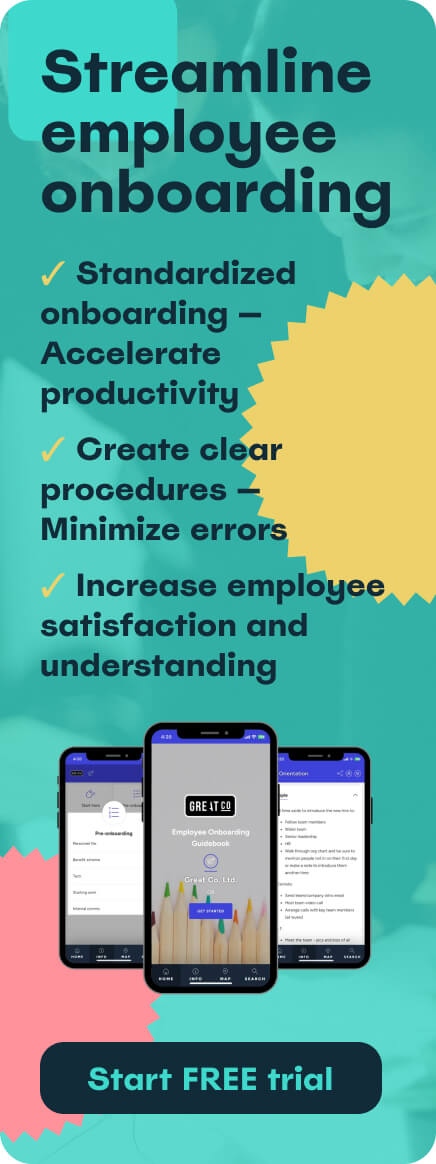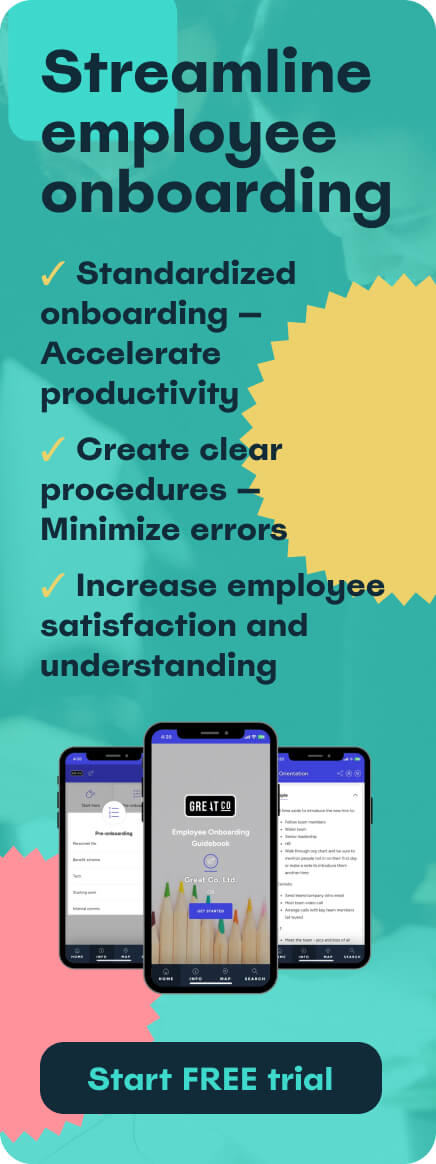As remote work continues to gain traction, the process of welcoming and integrating new employees into a company's culture and workflow has evolved. Virtual onboarding, the process of integrating new employees into a company remotely, is now a critical aspect of the modern work environment.
Given that there are more external factors to consider with virtual onboarding, getting it right is crucial for setting new hires up for success and ensuring a smooth transition into their roles. In this article, we'll explore the challenges of virtual onboarding, how to escape the common pitfalls, and how to improve the virtual onboarding experience to get the most out of new remote employees. Let’s dive in!
- What is virtual onboarding?
- The impact of ineffective virtual onboarding
- Key components of an effective virtual onboarding process
- Strategies to improve virtual onboarding
What is virtual onboarding?
The answer to ‘what is virtual onboarding’? is that it’s the process of integrating new employees into a company remotely, using digital tools and technology. The essence of the process remains the same as classic employee onboarding, it’s just delivered completely virtually.
Unlike traditional onboarding, which typically involves in-person meetings, tours, and face-to-face interactions, virtual employee onboarding relies on online communication platforms, e-learning modules, and other digital resources to welcome and train new hires.
This approach has become increasingly significant in the current work climate, where remote work and distributed teams are becoming increasingly common. Research suggests that 61% of workers have a very positive view of remote working, 55% report that they concentrate better at home, and 78% said working from home improves their work-life balance, highlighting the favourable shift towards remote working.
The benefits of virtual onboarding
A virtual onboarding process allows companies to streamline the onboarding process, reduce costs associated with travel and in-person training, and provide a consistent onboarding experience for all employees, regardless of their location.
It also enables organisations to reach a wider pool of talent and onboard employees more quickly, which can be especially important in fast-paced industries or during periods of rapid growth. Overall, virtual onboarding offers a flexible and efficient way to welcome new employees and set them up for success in their new roles.
The challenges of virtual onboarding
Virtual employee onboarding, while offering many benefits, also presents unique challenges compared to traditional in-person onboarding.
- Sense of isolation
One of the most significant challenges is the sense of isolation that new remote employees may experience. Let’s say you’re based in Washington, DC but hire in New York with Remote: Without the opportunity for face-to-face interactions, it can be harder for new hires to grasp the company culture and integrate into the team. This can lead to feelings of disconnection and hinder the development of strong working relationships.
- Lack of clear communication
The lack of clear lines of communication in a virtual environment, or the accessibility of communication, can make it more difficult for new employees to ask questions, seek guidance, or receive feedback. This can result in a slower learning curve and a less effective virtual onboarding process.
- Information overload
Another challenge of virtual employee onboarding is the potential for information overload. With so much information being delivered digitally, new employees may struggle to absorb and retain everything they need to know. This can lead to feelings of overwhelm and frustration, and may ultimately impact their ability to perform their job effectively.
The impact of ineffective virtual onboarding
The impact of these challenges can be significant. If virtual onboarding is done ineffectively, it can lead to employee disengagement, lower retention rates, and have a negative impact on productivity and company culture.
There’s a very close link between onboarding and employee retention, with research showing that 69% of employees are more likely to stay with a company for three years if they experience great onboarding.
Employees who feel disconnected from their team or overwhelmed by information are less likely to be engaged in their work and may be more likely to leave the company.
This can result in higher turnover rates and increased costs associated with recruiting and training new employees. In fact, it’s estimated that the UK economy loses £340 billion every year as a result of disengaged employees.
By recognising the unique needs of remote employees, organisations can improve employee retention rates, create a more positive and productive work environment, and overall improve their virtual onboarding experience.
To address these challenges, companies should focus on creating a comprehensive virtual onboarding process that includes opportunities for new employees to connect with their team, receive ongoing support and feedback, and gradually acclimate to their new role.
Key components of an effective virtual onboarding process
An effective virtual onboarding process is crucial for overcoming the challenges of remote work and ensuring that new employees feel prepared for their new roles. The following components are crucial in ensuring a positive virtual onboarding experience.
Utilising technology
In today's digital age, traditional onboarding methods can seem antiquated, prone to paperwork errors, disjointed procedures, and time-consuming processes. Utilising technology and taking advantage of the great employee onboarding software out there make for a much more efficient virtual onboarding process.
It can also positively impact employee retention, with studies showing that automating onboarding tasks can increase retention rates by 16% for new hires and improve initial performance by 18%.
There are various types of onboarding software, all of which provide different benefits. Listed below are examples of the functions they provide:
- Automated administrative tasks, such as paperwork and document management
- A centralised platform for new hires to access important information and resources
- Facilitate communication between new hires, managers, and HR
- Track the progress of new hires and ensure they complete required training and tasks
- Improve compliance with company policies and regulations
- Offer e-learning modules for training and development
- Manage payroll and benefits for new hires
Apart from the obvious time-saving benefits, investing in employee onboarding software is a strategic decision that fosters employee engagement, enhances process efficiency, and ensures compliance management, all of which improve the virtual onboarding experience.
If you want to find out more about onboarding software, we rounded up the best 9 employee onboarding tools to save you some time.
Clear communication strategies
Clear communication strategies, such as regular check-ins and virtual team-building activities, help to foster a sense of connection and belonging among remote employees. According to research, only 39% of employees claim to have received the right level of support during remote onboarding, while 18% said they received no support at all. This highlights the importance of communication and support to improve the virtual onboarding experience.
Engaging content
When creating onboarding resources, it’s important to use a variety of mediums to keep new hires engaged and avoid information overload.
For information on a company-wide level, a virtual handbook is an excellent, engaging way for remote employees to grasp the company culture and have something they can constantly refer back to. It should include a mix of text, pictures, videos, and interactive links which cover everything a new hire needs to know: the organisation's values, a virtual tour, employee expectations, organisational structure, team members, and key contacts. Touch Stay provides completely customisable digital guidebooks which can be used as a great resource for onboarding handbooks.
Examples of alternative ways to deliver role-specific onboarding information include interactive videos and quizzes, both of which can really help with engagement and motivation during the virtual onboarding process. A study revealed that video is the preferred onboarding content form for 91% of people, showcasing how important it is to include video as one of the varieties in your resources to improve the virtual onboarding experience.
Personalisation and flexibility
Personalisation and flexibility are also important considerations in the virtual onboarding process. Tailoring the virtual onboarding experience to meet the unique needs and preferences of each new employee can help to ensure that they feel valued and supported from day one.
Whether this is utilising a particular medium of communication, offering a mix of independent and collaborative activities, or choosing to get a virtual office to provide a flexible business address and workspace solution, all can help accommodate the diverse schedules and work styles of remote employees.
Strategies to improve virtual onboarding
When considering how to welcome a new employee virtually or improve a virtual onboarding process already in place, companies can implement several strategies that focus on creating a welcoming, engaging, and effective virtual onboarding experience for new employees.
Preboard, preboard, preboard
One key strategy to improve the virtual onboarding experience is to begin the process before the first day. This can include sending a welcome pack and necessary technology tools to new employees beforehand, along with a designated contact for technology setup support, so they are prepared and feel valued from the start.
Below are some ideas of what to include in a welcome pack:
- A personalised welcome email from management, including information about the company’s history, mission, values, and leadership
- The employee handbook
- Electronic forms for benefits enrolment, taxes, direct deposit, emergency contacts, etc.
- Company merchandise such as a mug or mouse pad with the company logo
- An "about me" questionnaire to share with their new teammates, along with profiles of other employees
- A checklist outlining what to expect during their first day and first week
Assign a buddy
Fostering social connections is another important strategy for improving the virtual onboarding experience. 76% of new employees consider socialising to be critical to the employee onboarding process, as it allows them to feel part of the team from the start and lays good foundations for collaboration.
Assigning mentors and buddies to new employees can help them feel supported and connected to their team from day one. Someone on hand to answer any questions, no matter how big or small, goes a long way in making remote, new hires feel more comfortable. This is especially important when you learn that 39% of employees in a study said they received the right level of support during remote onboarding, while 18% said they received no support at all.
Additionally, organisations can implement simple strategies for building team connections and culture virtually. Fun, team-building activities such as employee ‘speed-dating’, virtual pub quizzes, and weekly meetings to discuss how employees' weeks have been both personally and professionally are good ways to improve company culture virtually.
Open communication channels
Addressing communication barriers is also crucial for improving the virtual onboarding experience. Opening communication channels for transparency and clarity can help to ensure that new employees have all the information and support they need to be successful. It also encourages employees to give feedback and share ideas which are accessible to everyone, meaning all colleagues stay connected, informed, and feel recognised.
Platforms such as Slack are used by companies around the world to strengthen their internal communications, improve company culture, and deter communicative barriers.
Regular check-ins
Implementing mechanisms for regular check-ins and feedback can also help to provide ongoing support and guidance to new employees, which significantly impacts the virtual onboarding experience. Studies show that 96% of employees who receive regular feedback view it very positively and employees who receive recognition from management are 69% more likely to produce better work.
Having regular check-ins scheduled into new employees’ calendars with their managers, rather than waiting for them to ask for a meeting, builds a great foundation of support. Additionally, scheduling quarterly coaching sessions with senior leadership is also a great way to ensure new hires feel valued.
Customisation and personalisation
Customisation and personalisation are important considerations in virtual onboarding. Tailoring the virtual onboarding experience to meet individual needs, with clear goals and expectations outlined for their roles, can help to ensure that new employees feel valued and supported.
Personalising onboarding materials is very important for new employees; when they don’t have clear expectations of their individual roles, it can significantly impact their virtual onboarding experience and prompt them to look elsewhere for more clarity. Research shows that 23% of employees who quit within 6 months say that clear guidelines on their responsibilities would have helped them stay at the job.
Use data for continuous improvement
Finally, organisations can leverage data and analytics to refine and improve their virtual onboarding process over time. By collecting and analysing data on the onboarding experience, companies can identify areas for improvement and make data-driven decisions to enhance the virtual onboarding experience for new employees.
A lot of onboarding technology has built-in functions for surveys and feedback, but if you haven’t yet automated your whole employee onboarding process, Survey Monkey and Google Forms are good tools to collect feedback.
Summary
Virtual onboarding is a critical aspect of the modern work environment, especially considering the shift towards remote and hybrid working. Throughout this article, we've discussed the virtual onboarding process, common challenges and how to avoid them, and strategies for improving the virtual onboarding experience.
It's clear that investing in virtual onboarding is essential for setting up new hires for success and ensuring a smooth transition into their roles. By incorporating the key components we mentioned, prioritising the virtual onboarding experience and recognising the unique needs of remote employees, companies can create a positive and effective virtual onboarding process for new employees, regardless of their location.
At Touch Stay, our digital guidebooks can be used to create comprehensive and user-friendly onboarding resources that will make onboarding remote employees a seamless, stress-free process.
Start your free trial now to see how you can create an onboarding resource that will enable remote hires to understand your organisation's values and grasp the company culture without the need for an in-person visit.

Ned
Ned has clocked up over 11 years in digital marketing and comms, with a strong focus on creating engaging content for a range of brands and agencies. When he’s not writing, he can be found digging for records, peering through his telescope at the night sky, or onboard his local lifeboat where he volunteers as a crewmember.
Be the first to know!
Join our newsletter for early access to:
- ✅ Free guides
- ✅ Pro tips & tricks
- ✅ Time saving tutorials
- ✅ Latest blog posts
- ✅ Checklists & templates

